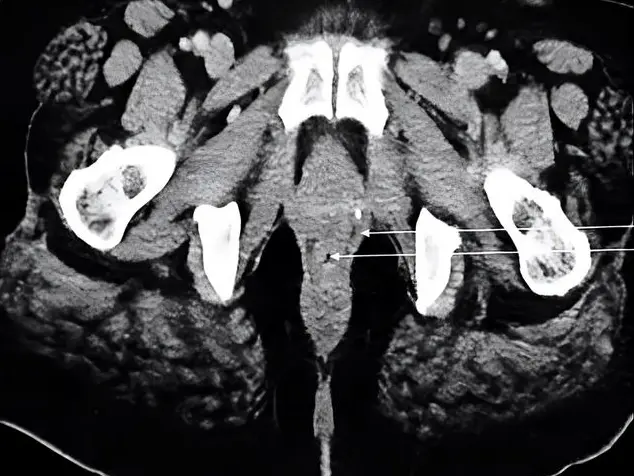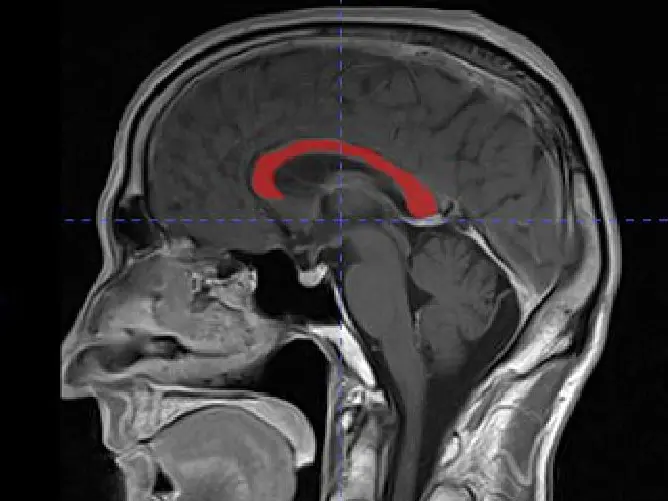Anatomical variations of the flexor digitorum superficialis (FDS) tendon around the carpal tunnel are not too infrequent. Therefore, the awareness of these variations is important during a surgical procedure for carpal tunnel release. The study was carried out with a total of 84 embalmed upper limbs cadavers, 48 males and 36 females, dissected to show different arrangements of FDS tendons. According to the findings, there were four variations in the arrangement pattern of FDS tendons from the dissected upper limb cadavers categorized into three different types with one subtype. These include two-row tendons, three-row tendons, four-row tendons, and a subtype of two rows, one tendon, and fleshy fibres. The two-row of paired FDS tendons, considered the typical arrangement (Fig. 1), exhibited the highest frequency, observed in 41 limbs. It shows a 48.8% prevalence of FDS tendons arrangement in both sexes. In males, the incidence was 28.6% (24), while in females it was 20% (17). The subtype of two rows comprising fleshy and tendinous fibres (fig.2) shows an incidence of 8.3% (7) in both sexes; in males, it constituted 4.8%, and in females, 3.6%. Three tendons in a row type (Fig. 3) show a prevalence of 34.5% (26) in both sexes, 17.9% (15) in males, and 16.7% (14) in females. Four tendons in a row type (fig. 4), which had the least frequency, show an occurrence of 8.3% (7) in both sexes, in males, 6.0% (5), while in females it was 2.4% (2). Therefore it has been made imperative to be familiar with the local anatomy of the wrist region to be able to recognize possible anatomical variations to take due diligence during surgical procedures. By this, complications often encountered during carpal tunnel release can be minimized.
Topographic arrangement of flexor digitorum superficialis tendons in the carpal tunnel and their relationship to the median nerve with regards to its neuropathy
Related articles
Original article
Original article



